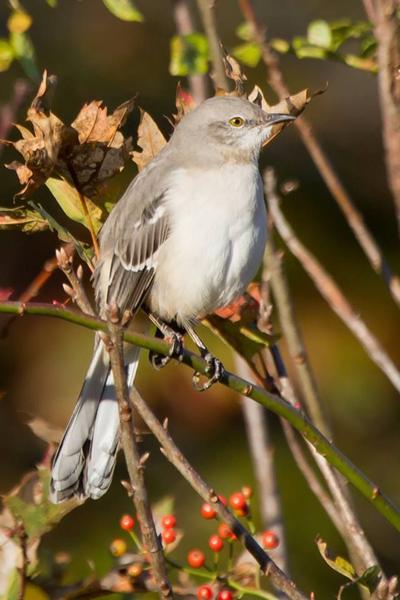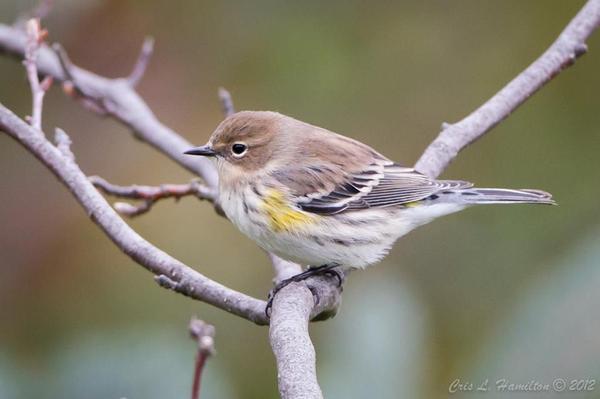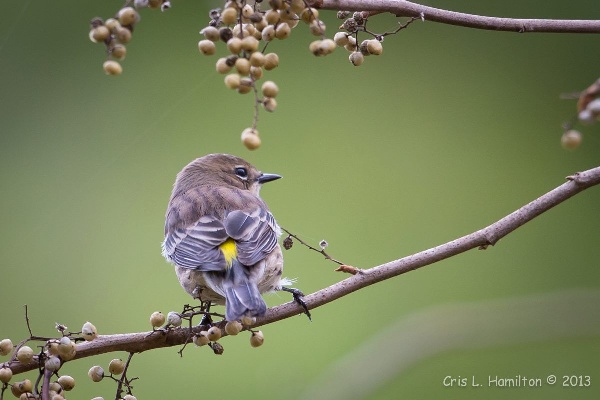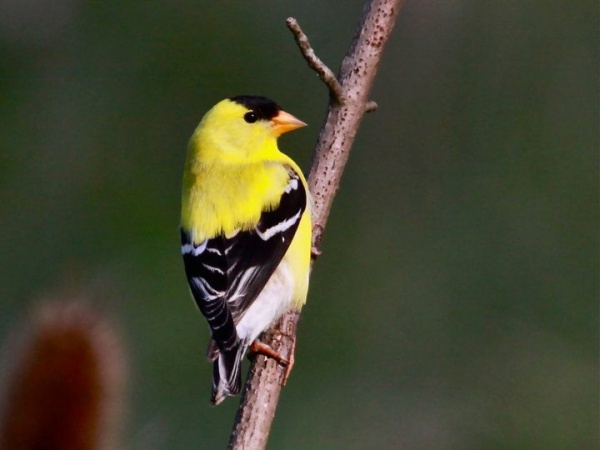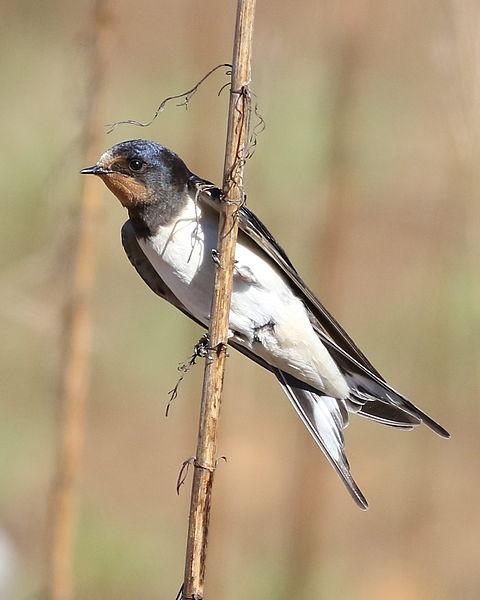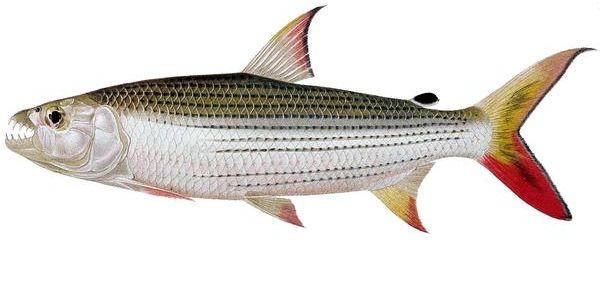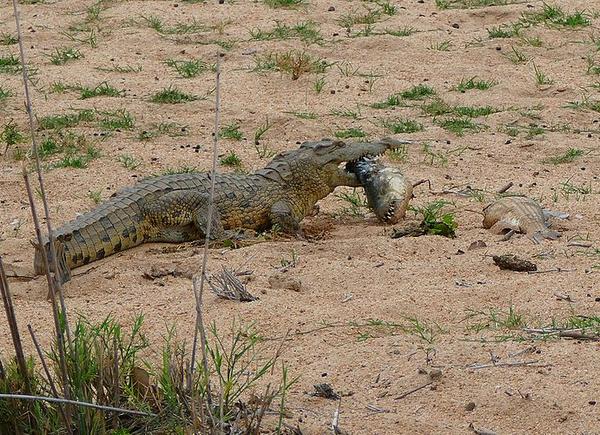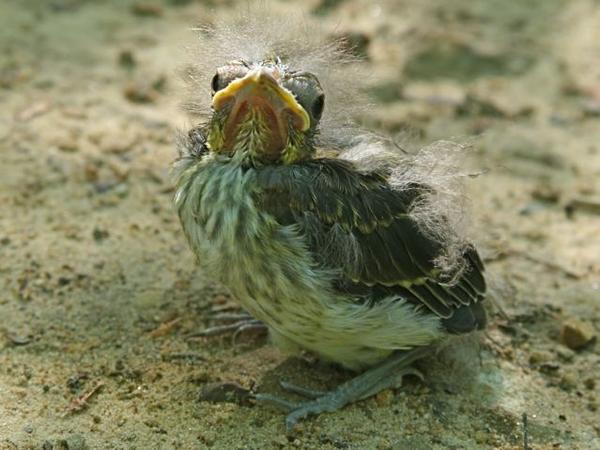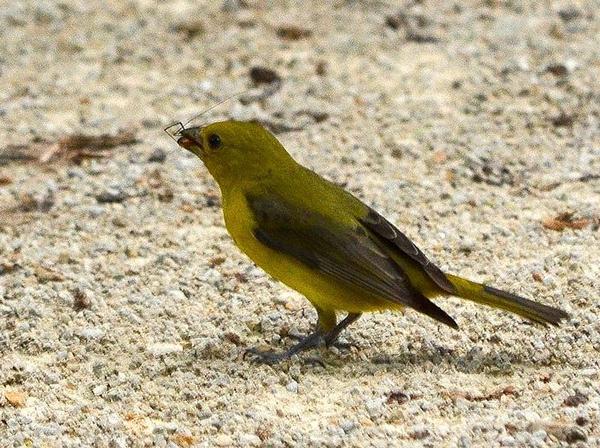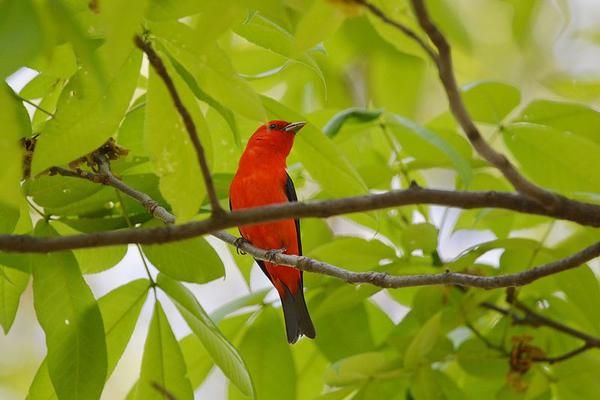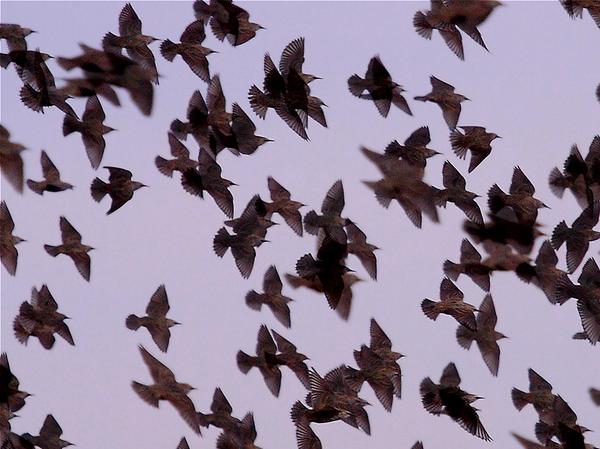
I’m sure you’ve seen starlings fly away to avoid a predator. Have you heard their warning signal?
Over the years I’ve noticed that European starlings (Sturnus vulgaris) make a spitting sound just before they flee. Sometimes only one or two birds call the alarm, a sharp note repeated three or more times. It sounds like this.
Audio PlayerWhen I look for the reason they’re making the sound, I always see a hawk in the air. I’ve learned to look for a raptor when I hear that sound.
The starlings must be saying, “Danger From The Air!”
(photo of starling flock by Pat Gaines on Flickr; click on the image to see the original. Recording of common starling (Sturnus vulgaris) by Toon Jansen at xeno-canto #XC393749)
